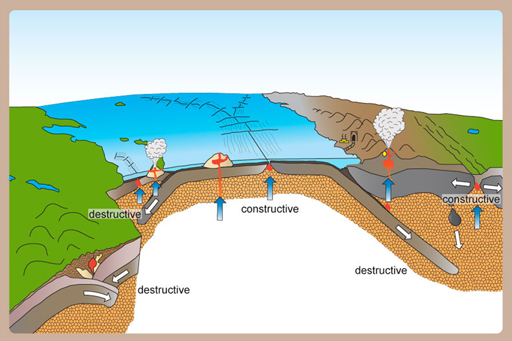2.2 Where do the metals come from?
The mobile phone contained lots of metals, so the next part of this course will be spent looking at where those come from. But first, a more general question – where do the metals we use come from? And what determines where we get them from?
You may be surprised to find out that almost any rock that you pick up contains just about every natural chemical element there is. Many elements, however, may only be present in vanishingly small, trace amounts – perhaps only one atom in a million, or one in a billion. Extraction of elements that only exist in such low concentrations would be very expensive. To extract any element from a rock, it is essential to take advantage of the geological processes that have concentrated chemical elements that you want in certain rocks. More than that, to be a viable source of any metal, a rock must not only contain a large amount of what you want, but the metal must also be in a form and in a quantity that makes financial sense to dig up, process and purify. A rock from which metal can be extracted easily enough to make money is called an ore.
So, in what forms do metal ores exist? Only a few metals (like copper and gold) are found in what is called their ‘native’ form, where they aren’t combined with other elements. Most metals are combined with other elements in minerals, which are then (usually) combined with other minerals in rocks.
The places that ores are found and being formed today are determined by geological processes, which are in turn linked to the rock cycle and plate tectonics. You’ll learn now about a few of those ore-forming processes, which take place in the locations indicated on the schematic of plate tectonics that you first saw in Week 1.

